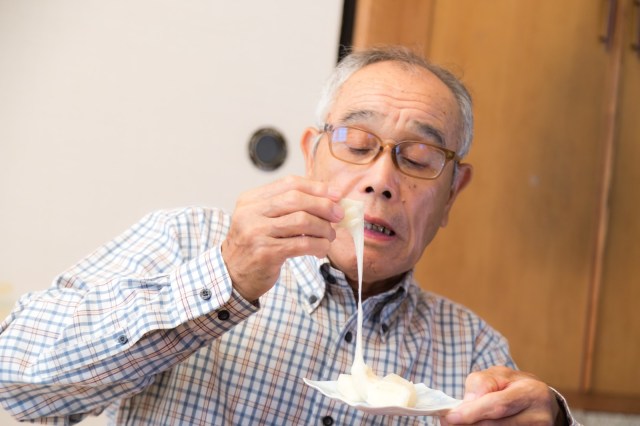Japan’ deadliest New Year’s food may be even more dangerous in 2021 due to the coronavirus

Eating the ironically risky symbol of long life is the latest thing that requires extra caution during the pandemic.
New Year’s is a pretty laid-back time in Japan. Most people spend most of the first three days of January at home, starting the year off with a focus on relaxation and family…and, in some cases, choking to death.
Mochi rice cakes are a traditional new year’s food, because their extremely stretchy nature is thought to be symbolic of longevity. Ironically, though, every year a number of people in Japan have their lives come to an abrupt end when a piece of mochi gets clogged in their throat and they suffocate before they can get medical attention.
▼ New year’s mochi is often eaten as part of the soup called ozoni, pictured here.
おはようございます
— chuukasobaを食べるパンダ《マルオ》 (@kishuPANDA) December 30, 2020
昨日納め
久しぶりに飼育員が帰宅
ネコちゃんも大喜び
は料理が出来ないので大晦日にお雑煮を作って貰い
食べました。
皆さん
今年もありがと
大晦日ゆっくりしてくらさい
良いお年を
pic.twitter.com/WueWN7MVh2
Mochi is an annual culinary threat, but health experts are warning that this year it has the potential to be even deadlier than usual. The reason, as with so many unpleasant things these days, is the coronavirus, though at least we can be thankful that the virus hasn’t started infecting mochi batches. Instead, the added danger comes from hospitals crowded with coronavirus-infected patients receiving treatment.
Time is of the essence in treating suffocation victims, but with hospital staff and infrastructure more taxed than usual, response times (from calling an ambulance to receiving in-hospital treatment) will likely be slower, experts warn. Considering that many new year’s mochi choking victims in January 2020 were already unconscious when they arrived at the hospital, additional delays could be fatal, and so even greater levels of caution when eating mochi are being called for as we head into 2021.
Mochi suffocation occurs most commonly among elderly people and young children, whose teeth and jaw/throat muscles may not be strong enough to sufficiently bite through, chew, and swallow the sticky foodstuff. Should such diners decide to eat mochi anyway, experts advise making sure their throat is moist prior to eating, cutting the mochi into small pieces, and concentrating on chewing thoroughly and swallowing carefully.
Sources: Japan Agricultural News via Otakomu, Asahi Shimbun Digital via Livedoor News via Jin
Top image: Pakutaso
● Want to hear about SoraNews24’s latest articles as soon as they’re published? Follow us on Facebook and Twitter!
Credit:


0 comments:
Post a Comment